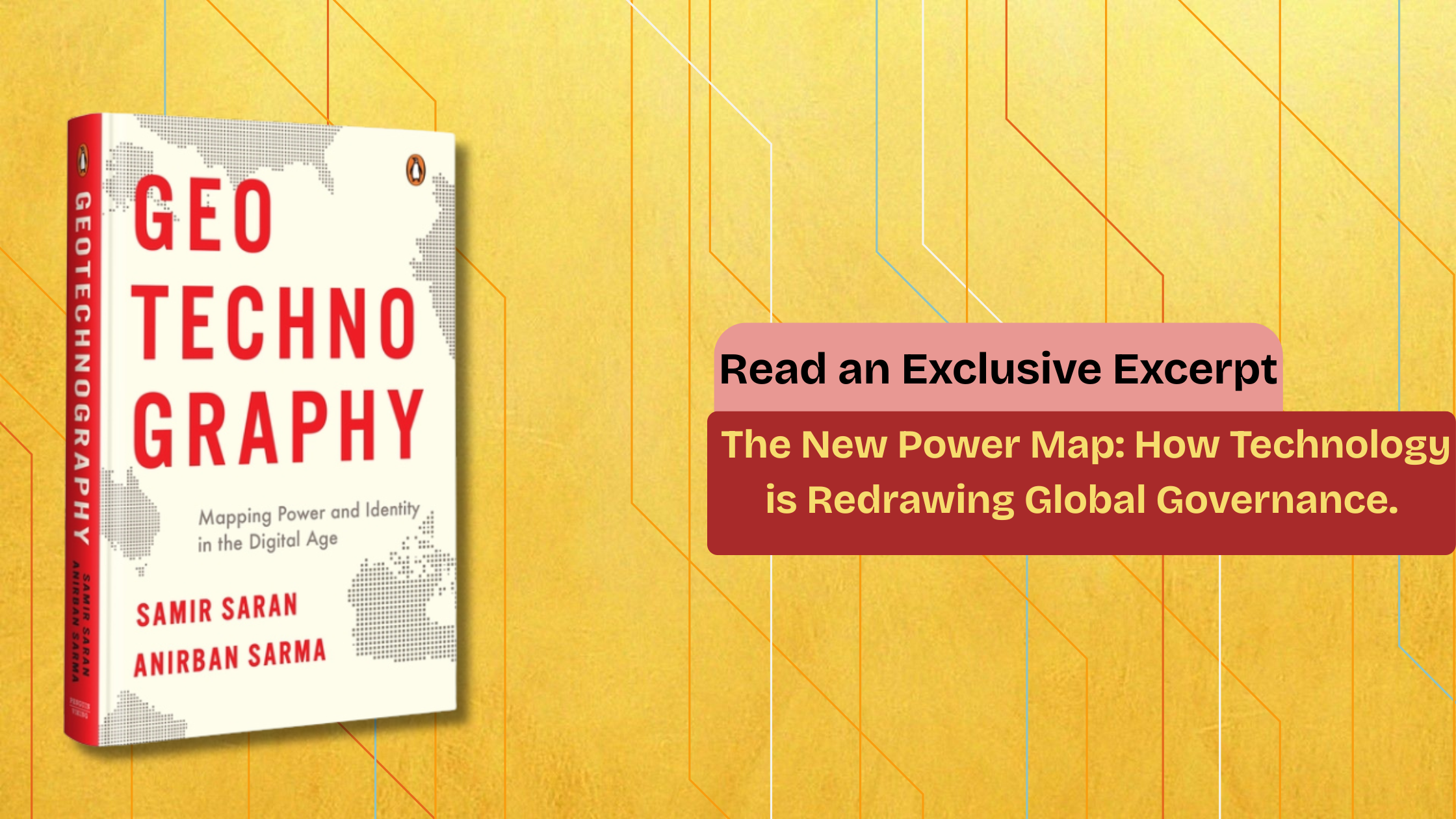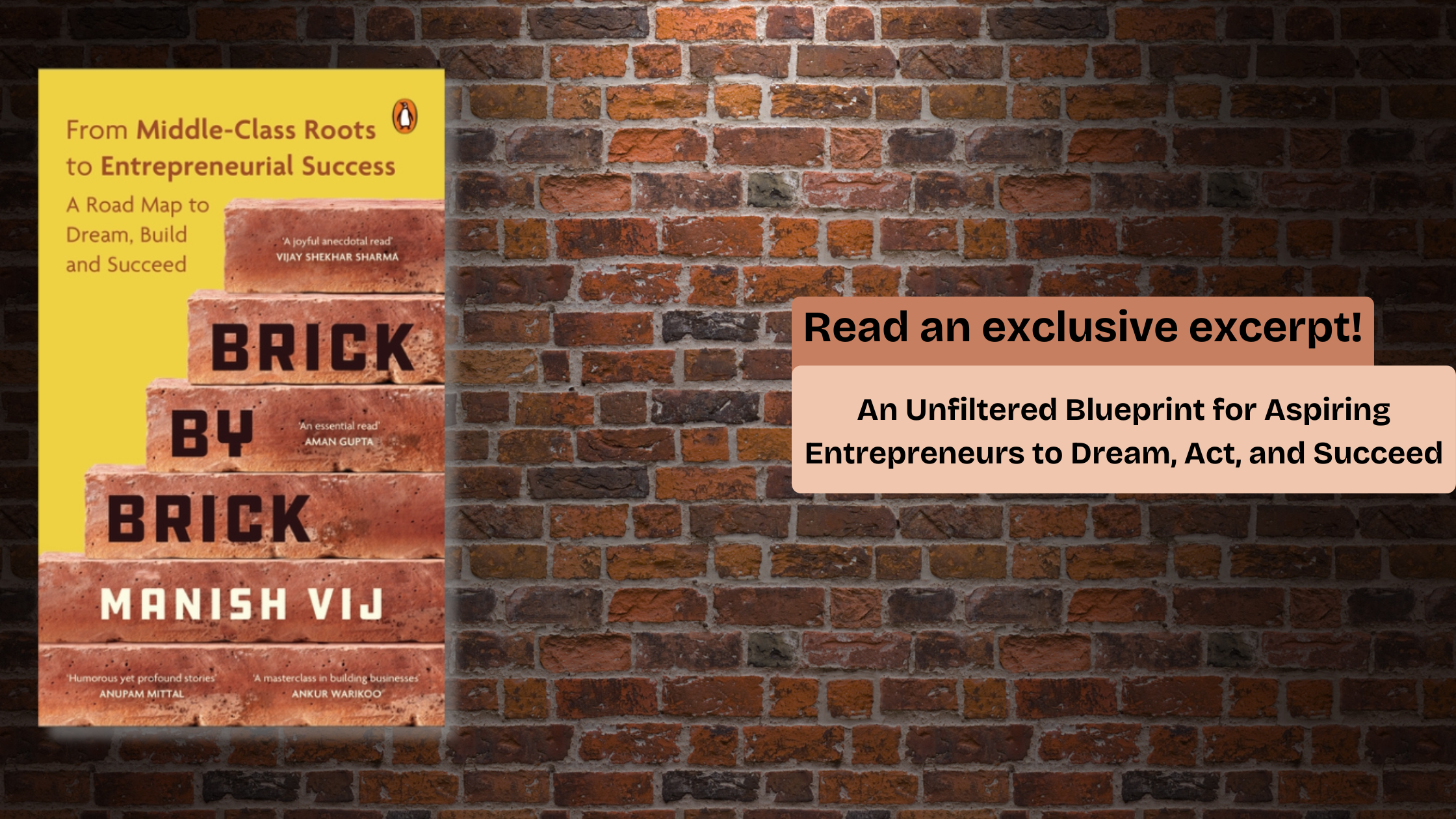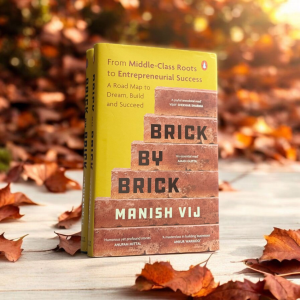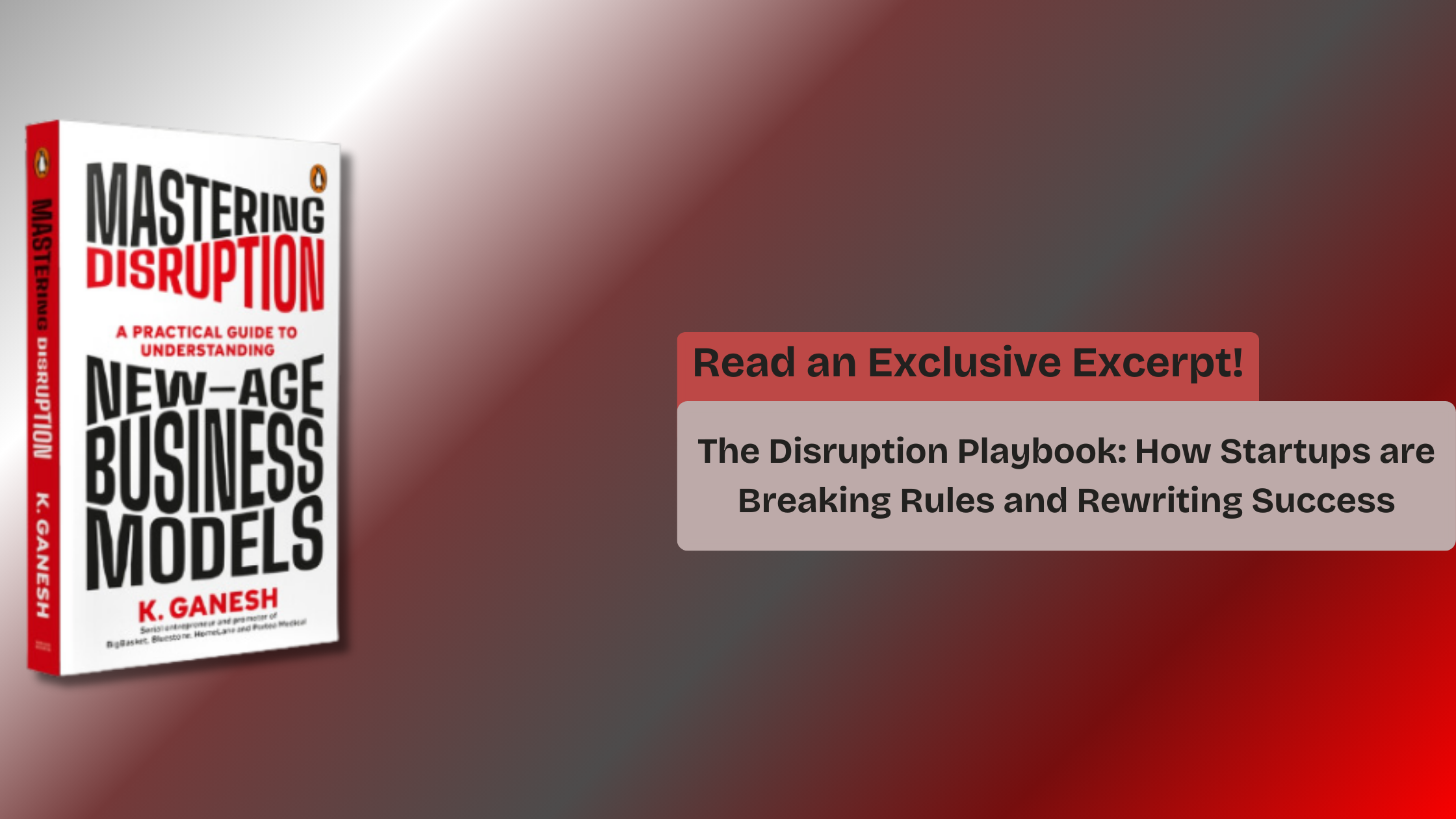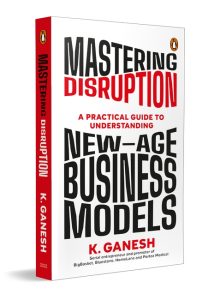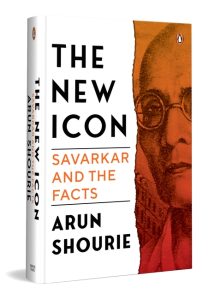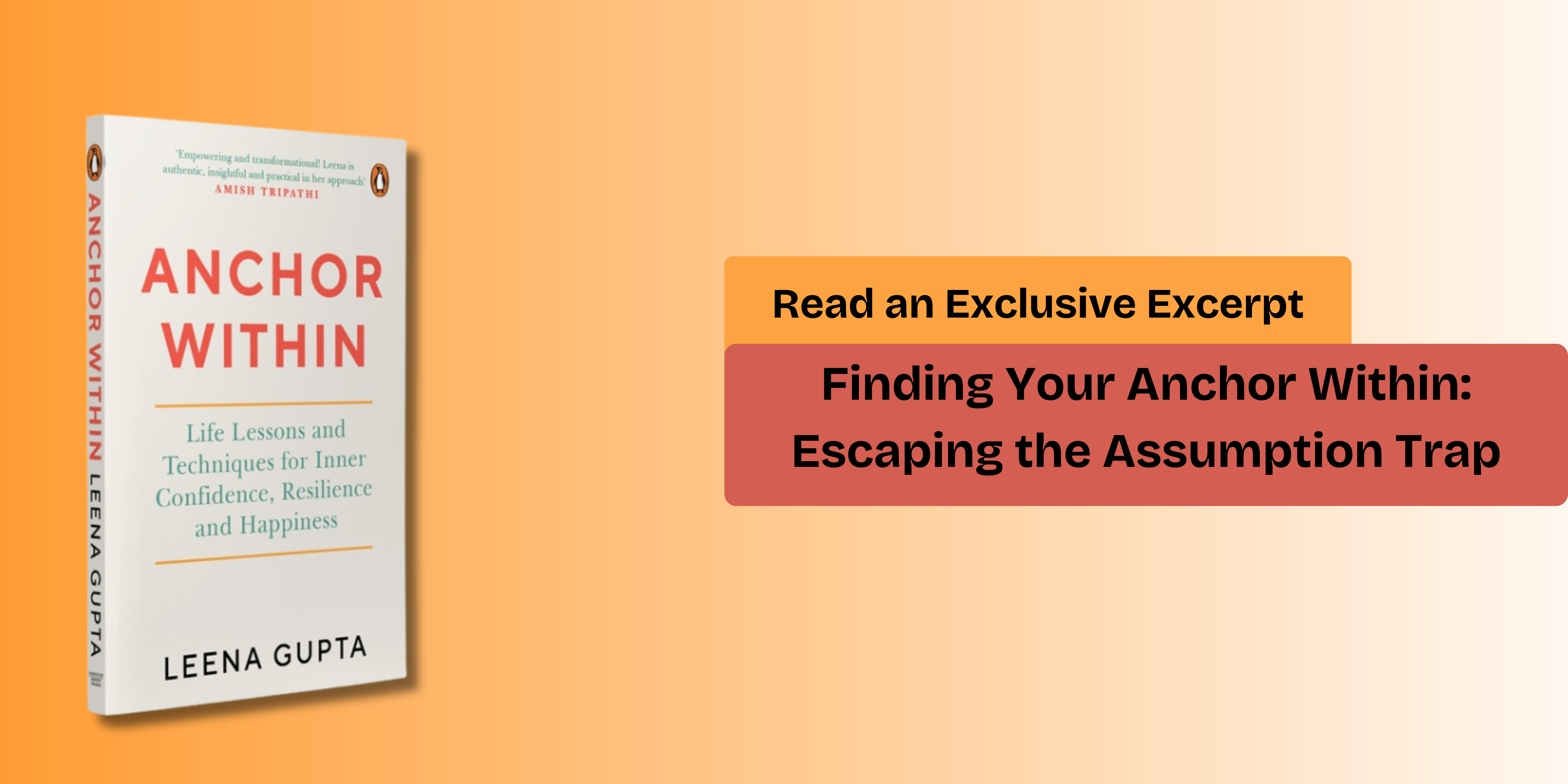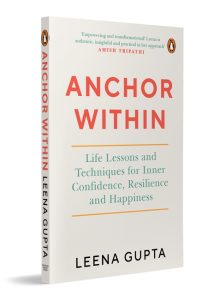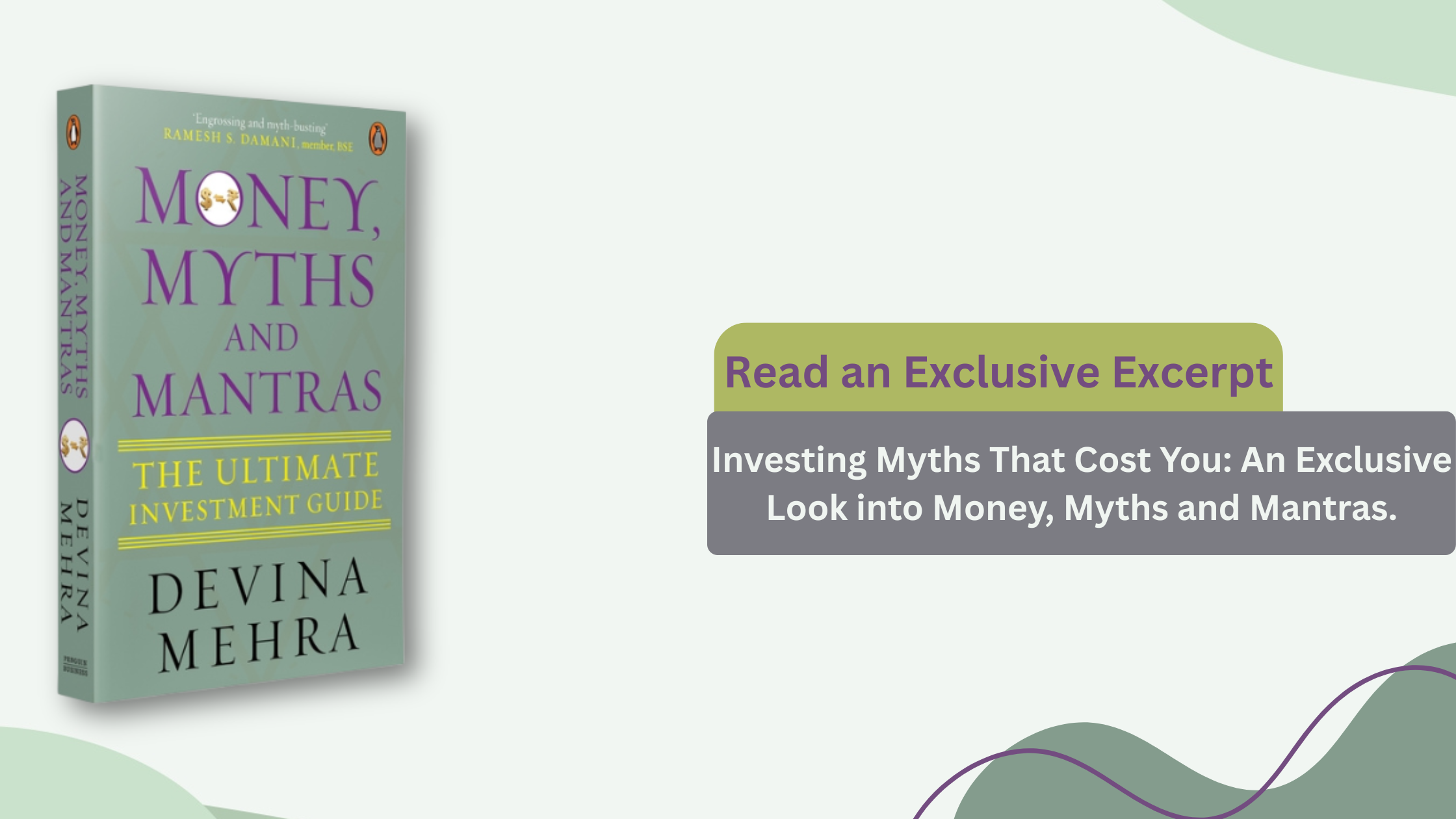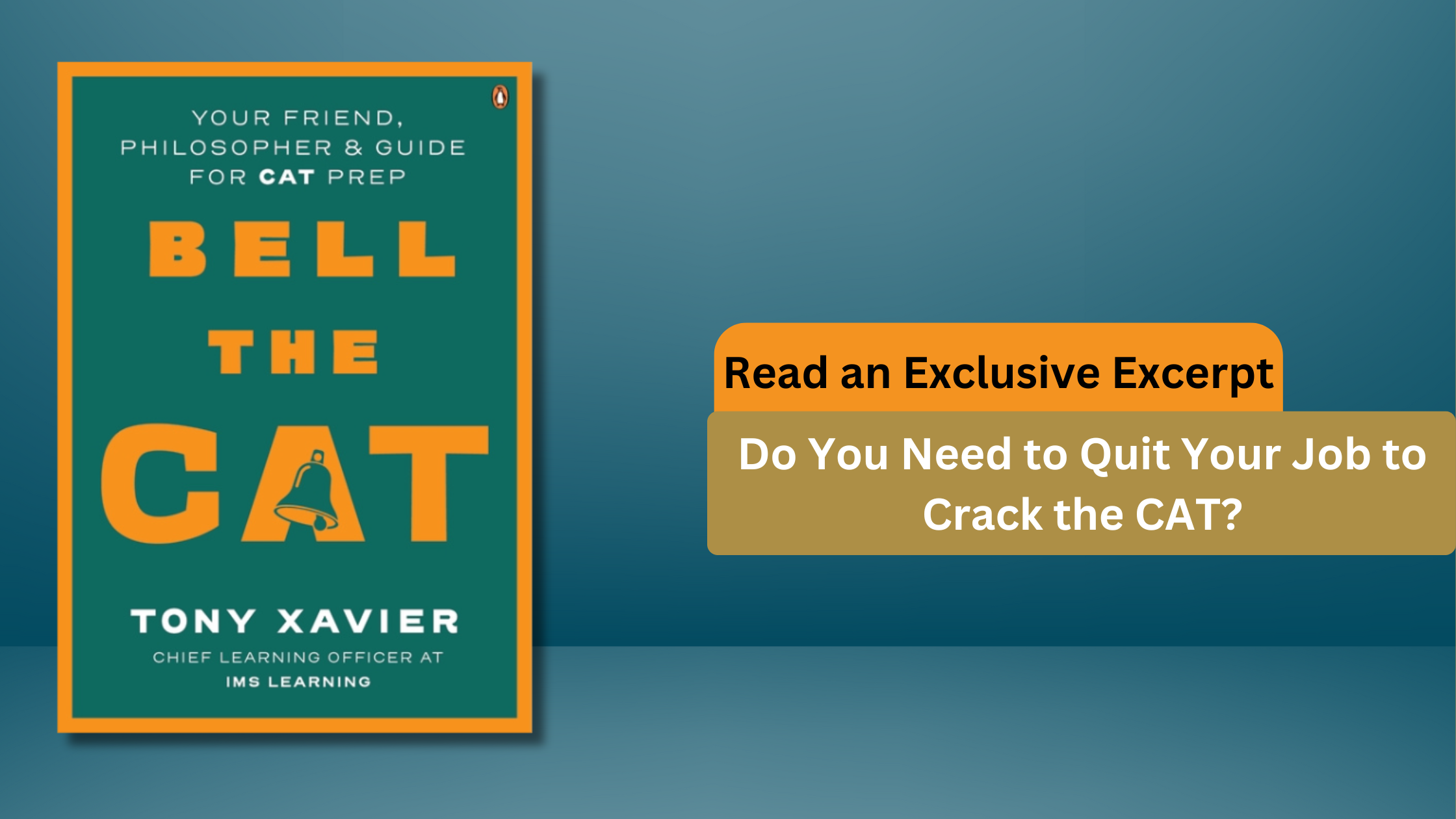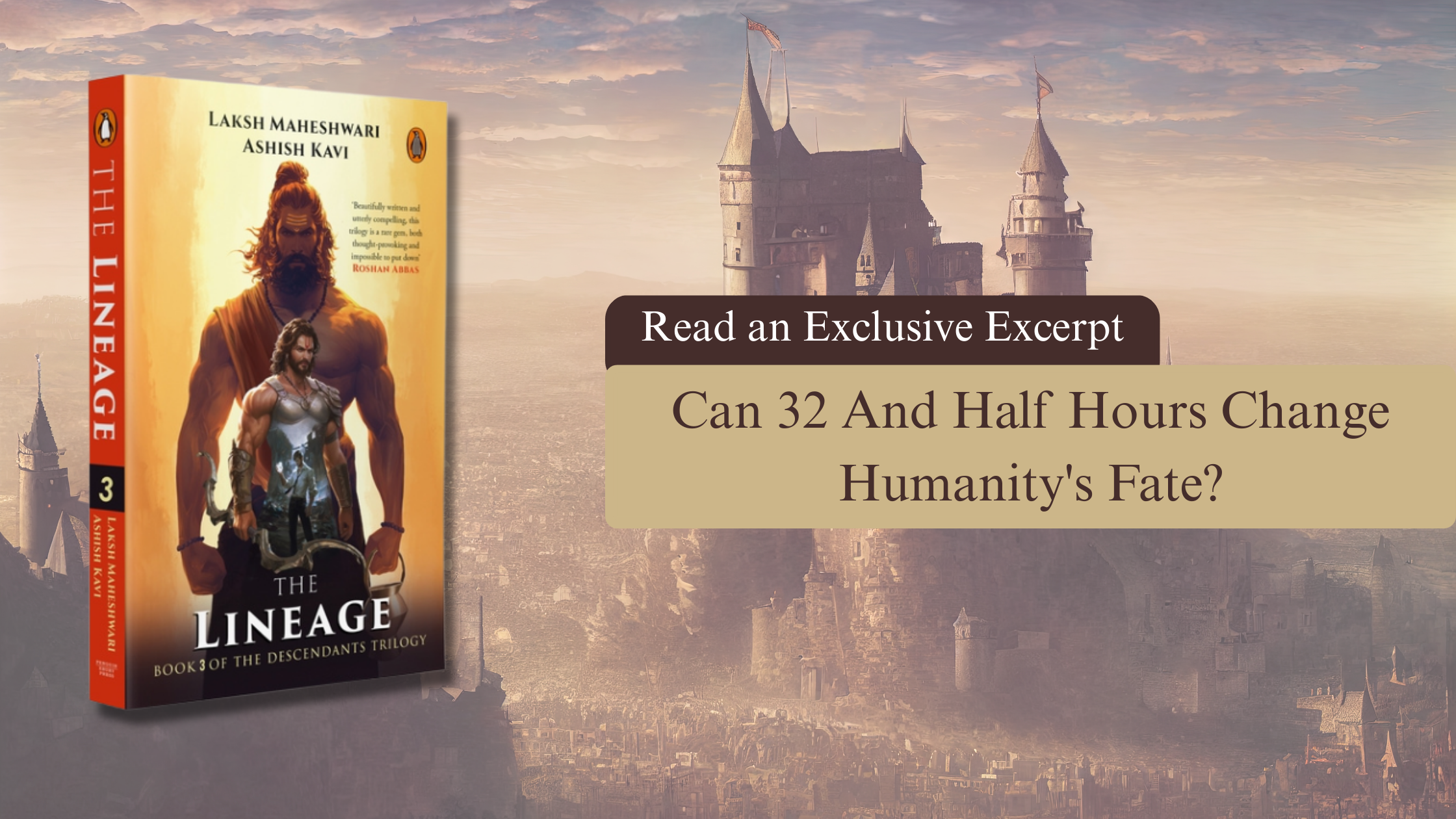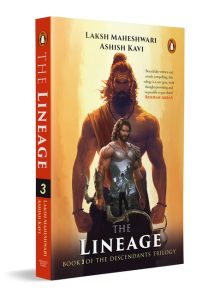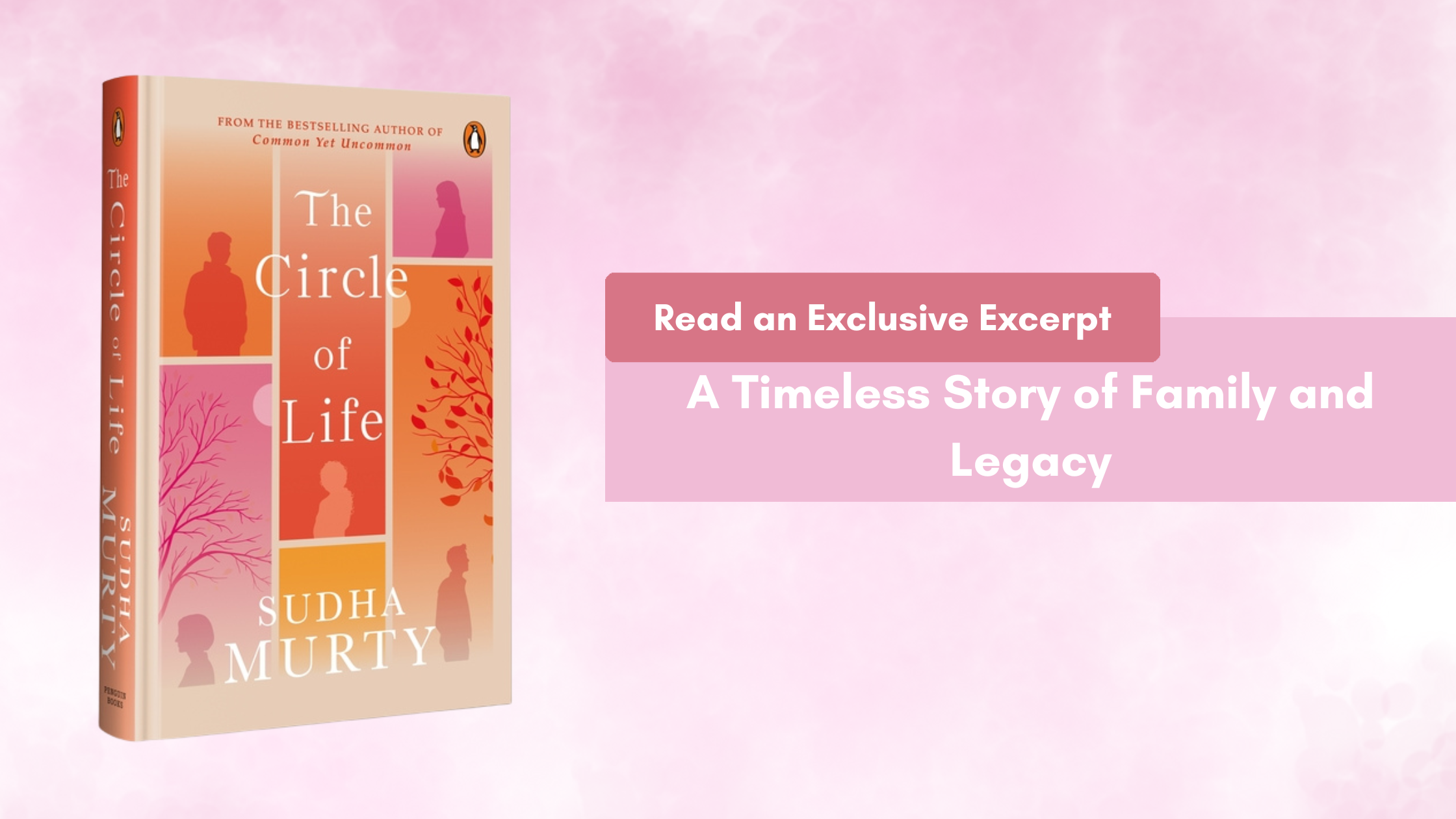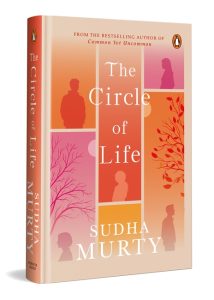Read an exclusive excerpt from GeoTechnoGraphy on how Technology s redrawing global governance.
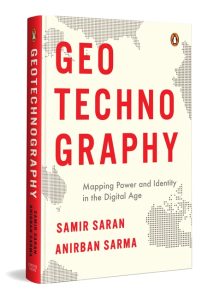
So, I sort of thought I lost, and I was OK with that,’ said Donald Trump, describing the final days of the 2016 presidential election to a crowd in Wisconsin. A series of phoney exit poll results had been communicated to the Trump family, decimating all hope of a victory. But soon the real numbers started streaming in. ‘And then it happened, folks, out of nowhere. Boy, that map was getting red as hell. That map – that map was bleeding red.’ What led to Trump’s improbable win? His victory was influenced by a host of factors. The recovery from the 2008 financial crisis had left many behind. The United States was growing economically, but wages had stagnated for the American working class, and jobs in traditional industries were dwindling. Trump’s promises to bring back manufacturing jobs and renegotiate trade deals resonated with vast swathes of voters in the Rust Belt states. He appealed to the anger of the white working class, and their fears of marginalization and of losing conventional privileges. Across rural and small-town America, voters long neglected by coastal elites and urban policymakers found themselves energized by the prospect of rural revitalization and the reversal of cultural change that Trump held out. Most of his arguments were anchored firmly in the day-to-day reality of people and the land they saw as theirs—immigration was framed as a threat to American jobs and security; gun rights were upheld as a means to personal protection; and the roll-back of environmental regulations was pitched as a route to business growth and wealth creation. What also grabbed the popular imagination was Trump’s blunt and unconventional rhetoric, the like of which hadn’t been heard before. He was every inch the political outsider and revelled in his image as a disruptor of the Washington establishment. His lack of political experience was seen as a plus by voters frustrated with polished career politicians and the status quo they represented.
These attributes fed into Trump’s masterful manipulation of the media, and his use of social media platforms. Trump was a media sensation, with irresistibly contentious statements
and controversial behaviour that led him to dominate the news cycle and keep him in the spotlight. Much of what he said was discredited as lies, empty spectacle, conspiracy theories, browbeating and gaslighting, but the nation was riveted. Trump dominated social media too, commanding the attention of a broad public which included the mainstream media’s digital platforms. Big-seed marketing was one of several strategies he deployed online—a phenomenon which involves seeding messages among many people, as opposed to the viral approach which depends on a few influencers to spread a message to many others. With over nineteen million Twitter followers, eighteen million Facebook fans, and close to five million Instagram followers right before Election Day, Trump had the perfect seedbed. Every message he released reached each of these followers, who then shared them with their networks, creating a cascade of unprecedented scale. The content itself was usually provocative and attention-grabbing. But by using social media to address his audience directly as individuals, tweeting his thoughts on just about everything spontaneously, in an exceptionally unfiltered and no-holds-barred manner, the authenticity and influence he achieved were extraordinary.
In the final analysis though, it was Trump’s understanding of the popular pulse on the ground that carried the day. He tapped into the bitterness, rage and dispiritedness of Americans who believed their concerns had been ignored by the political class. But had his campaign not linked people to place, would he have won?
***
Get your copy of GeoTechnoGraphy on Amazon or wherever books are sold.







